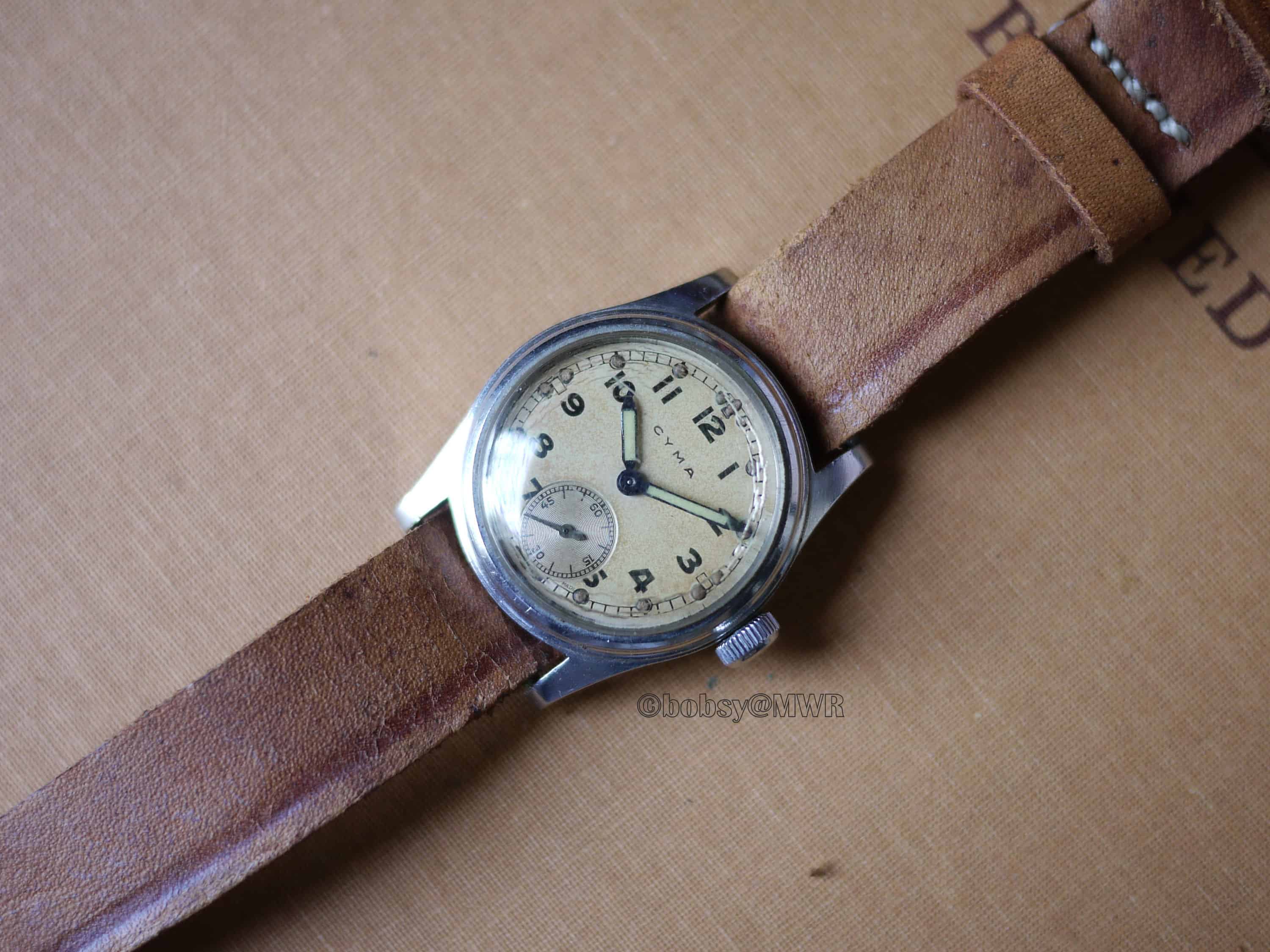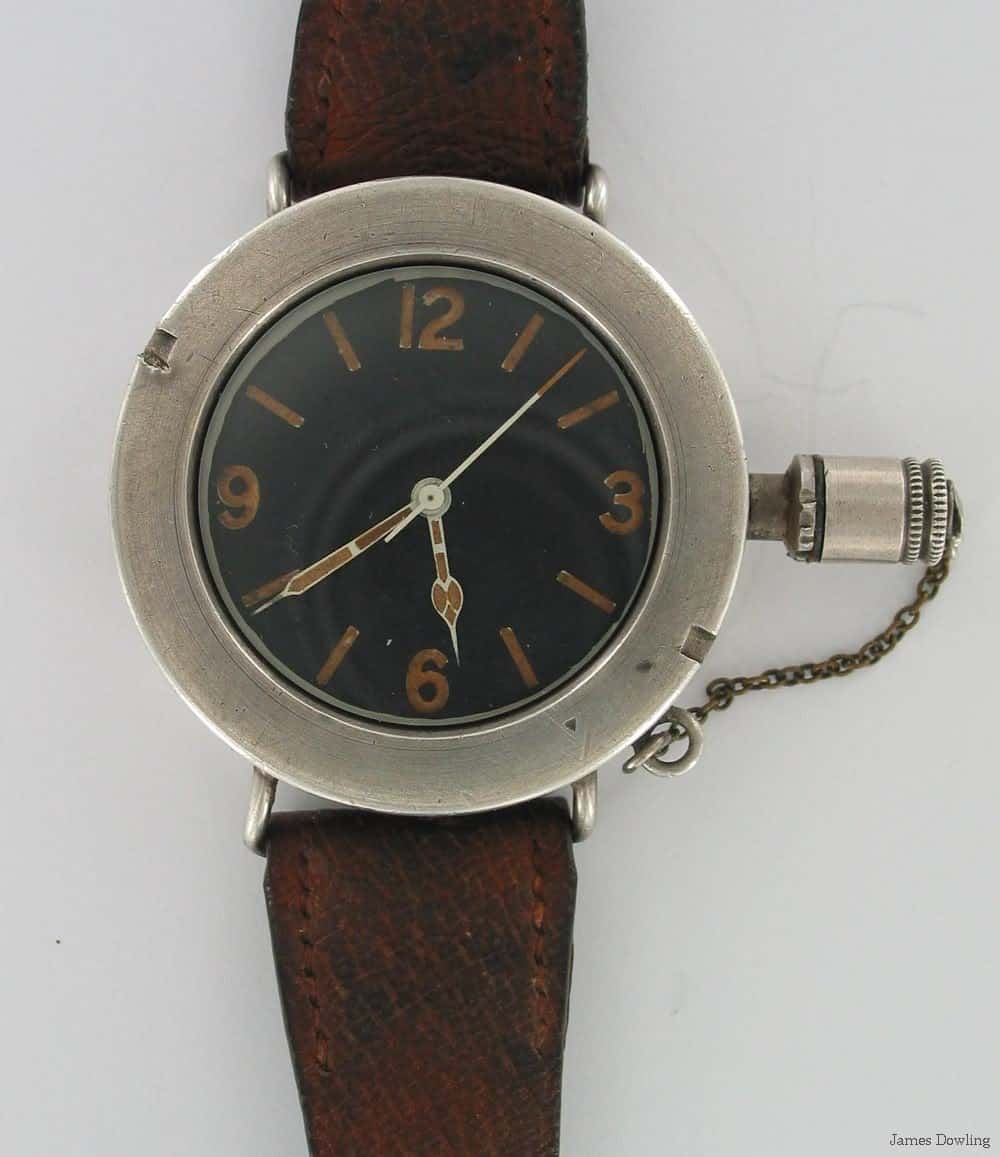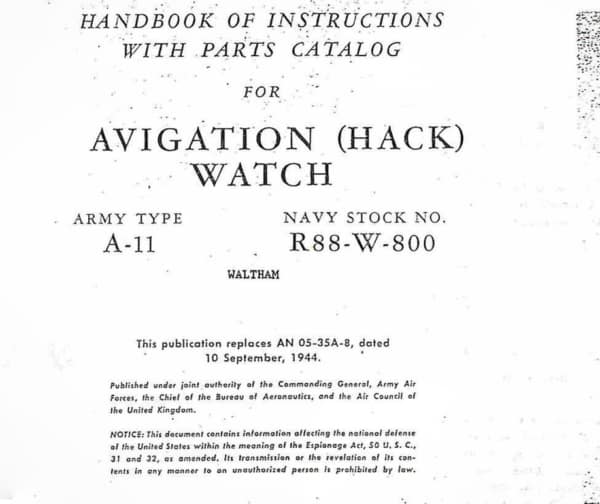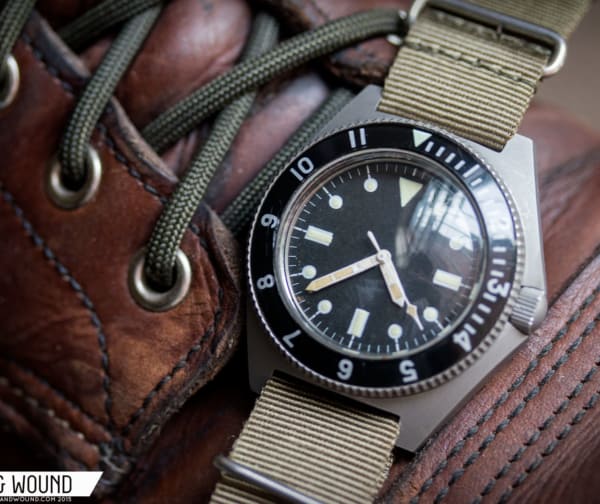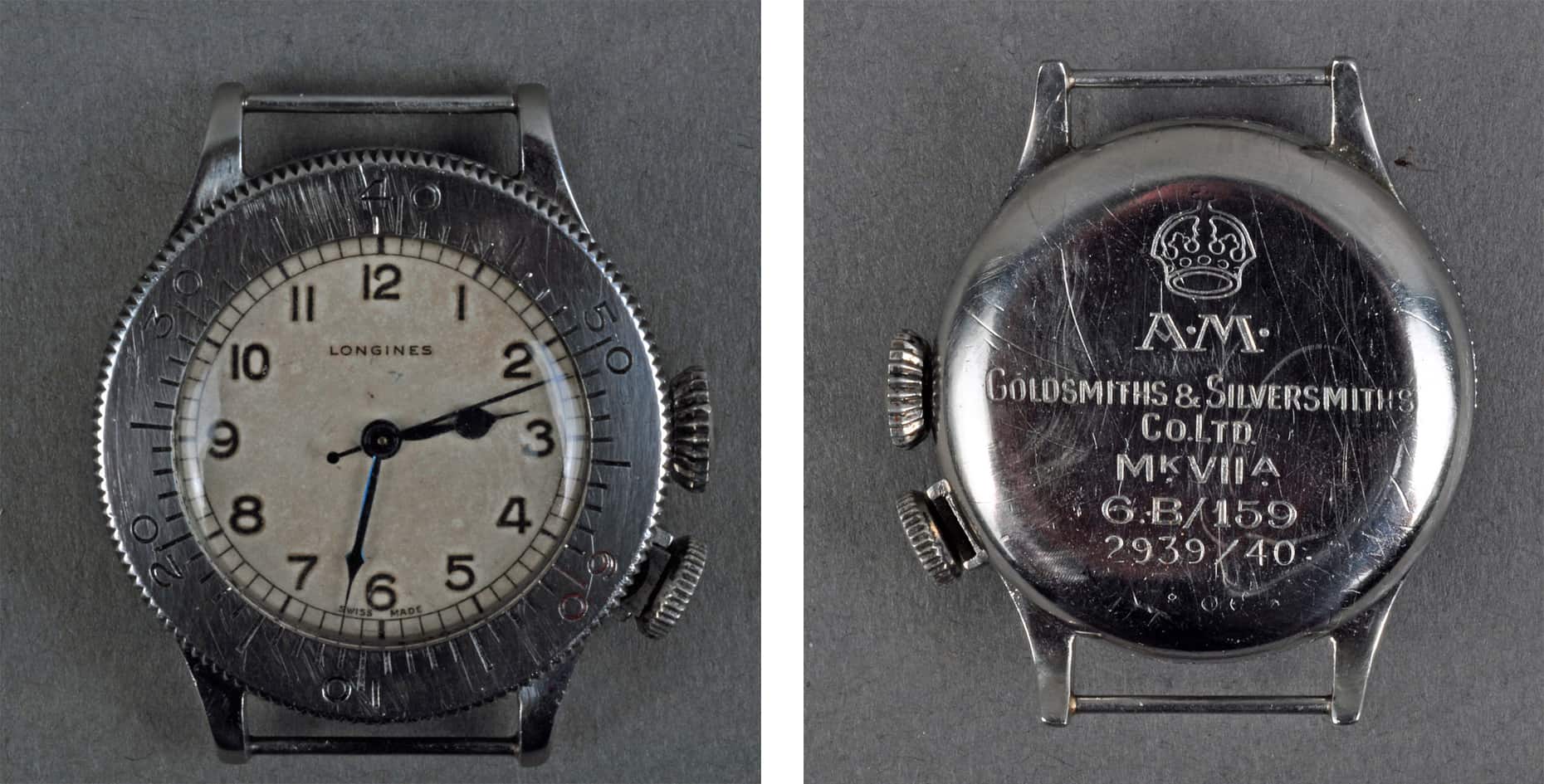In the second installment of our series focused on military watches from around the world, we are going to examine the military watches of Great Britain, beginning with the advent of the wristwatch during the Boer War and continuing through the present day.
The Boer War, The “Wristlet,” and The Great War
Prior to the 20th century, the “wristlet,” or a small clock worn as a pendant on a bracelet, was almost exclusively worn by women, as men thought them feminine and unreliable. However, accounts from the Second Boer War (1899-1902) describe soldiers jury-rigging pocket watches by soldering on wire lugs and attaching leather straps to them for use on the wrist, which freed the hands for the more necessary tasks of both inflicting and avoiding death.
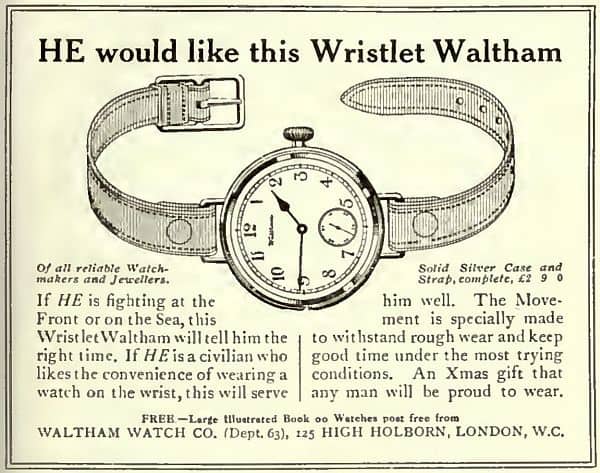
At the outset of World War I (1914-1918), pocket watches were still the standard timekeeping instruments of the modern gentlemen, and some units were issued a number of them for use by non-combat personnel such as telephonists, telegraphists, etc. However, it wasn’t long before watch manufacturers came to the realization that war on such a large scale was changing their market, as the sheer numbers of soldiers who required the time on their wrists was necessitating a move over to purpose-built wristwatches. In fact, by 1915, mention of wristwatches had already become commonplace in war-time poetry and prose, indicating that the “wristlet” was no longer only the purview of women, but also of soldiers at the front.
For the most part officers were expected to purchase their own wristwatch, preferably with a luminous dial (radium-coated) and an “unbreakable glass” crystal, and many British jewelers advertised these “campaign” or “service” watches in the daily press.









 Featured Videos
Featured Videos







